Cartagena is a port city in Colombia and capital of the Bolívar region, located on the shores of the Caribbean Sea in the north-western part of the South American continent. We were here for only a short time – unfortunately for us as it’s a marvellous city – during a tour of Central and South America.
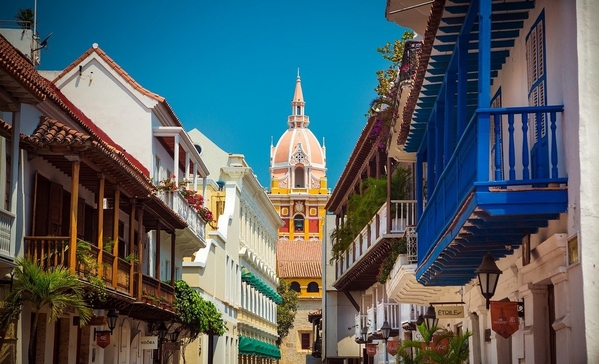
Cartagena de Indias, to give the city its full name, brings together both colonial and contemporary architecture and boasts a history that inspired author Gabriel García Márquez to write so vividly he received the Nobel Prize in Literature in 1982. Two years later, in 1984, Cartagena's colonial walled city and fortress were designated a UNESCO World Heritage site.
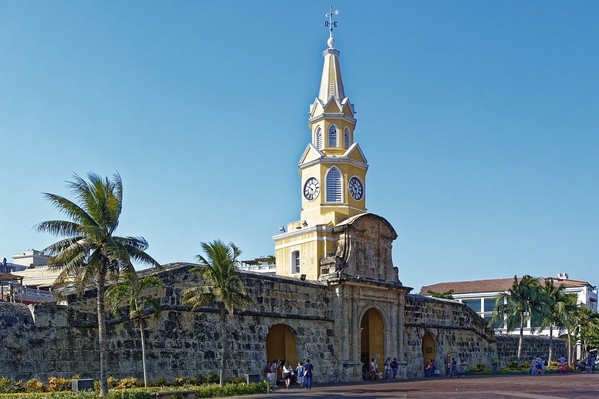
The fortified Old City is the best-preserved colonial city in Latin America. Under Spanish rule for more than 275 years, Cartagena had its walled city constructed in the sixteenth century by the Spanish conquistador Pedro de Heredia and named after his birthplace in Spain.
With a fortune in gold, gems, exotic cash crops and slave labour flowing through the city it was a ripe target for pirates and privateers like Sir Francis Drake. Little wonder then that the Spanish Empire put a lot of effort into building massive fortifications around the city.
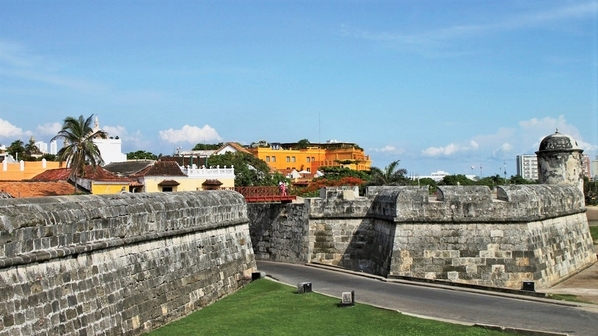
In addition to the hundreds of years of history seen behind the area’s cobbled streets, visitors can explore the San Felipe de Barajas Castle, a magnificent building dating back to the 17th century. The castle that still stands today was expanded significantly in 1657 and again throughout the 1700s, when it was often in need of repairs owing to Cartagena’s propensity for attracting pirate raids.
Cartagena changed hands a few times throughout the early 1800s, alternating between Spanish rule and the emboldened people of Colombia, only to be reconquered again by the Spaniards. In 1821, South American soldier and liberator, Simón Bolívar, was instrumental in freeing the inhabitants of Cartagena from Spanish invaders for all time. The city has since served as an important port for trade between Europe and South America, earning its nickname “Queen of the Caribbean.”
Nowadays a visit to San Felipe Castle is a decidedly more relaxed experience, with tourists from all over the world walking the castle walls and exploring the network of tunnels that snake beneath the ramparts.
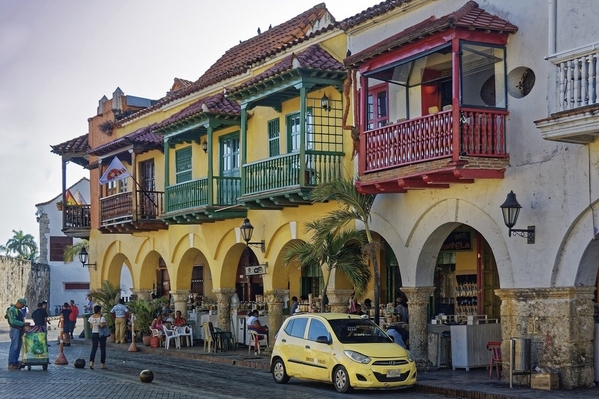
While the more hedonistic visitors to Cartagena choose to stay in the modern part of town at Bocagrande (below) with its beaches and high-rise buildings, those who come here for history, architecture and culture head straight to the Old City. It’s small enough to walk in a single day but longer is better.
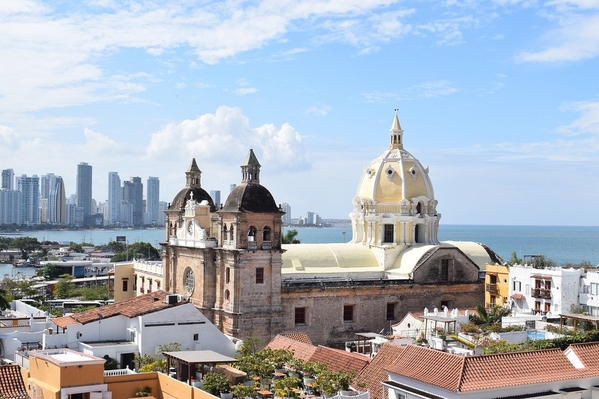
From a tourist’s point of view the walled city is expensive in terms of accommodation and dining out, but still only a fraction of the prices you’d pay in Europe. You can expect any boutique hotel you book here to be housed in a 200-year-old mansion and luxuriously decorated with crystal chandeliers, exposed brick walls and four-poster beds. All of this combined with the Old City’s preserved colonial architecture, floral displays, colourful balconies and stone archways make it hard to resist.
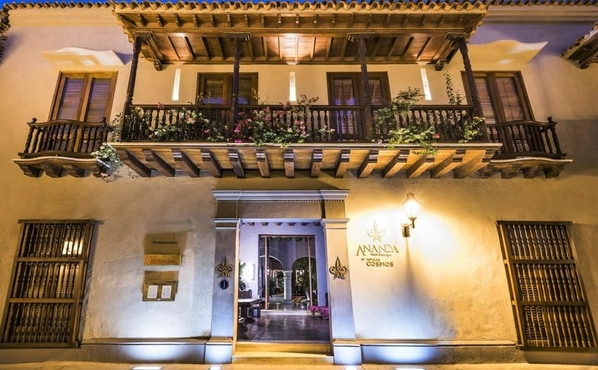
Cartagena’s Old City also has a thriving restaurant scene, and there is no shortage of really good places to dine and enjoy traditional Colombian cuisine.
However, if you’re staying in Cartagena for any length of time, be sure to explore beyond the Old City. Whilst this may be Cartagena’s highlight, it’s also the most touristy. Getsemani, for example, is a prime example of a tastefully developed but otherwise unspoilt suburb and well worth a visit.
It has a charming colourful plaza, beautiful architecture, trendy cafes and bars and a thriving art scene. If you’re on a backpacker budget but still want a bit of that Cartagena charm, Getsemani is your neighbourhood.
The city has several archipelagos and individual islands nearby including Tierra Bomba Island, Múcura Island and Barú Island among others. It has more than five island complexes around it which in turn provide more than 20 beaches to visit and enjoy. The best beaches are found on the islands of Rosario, Barú and San Bernardo, and of course at Bocagrande.

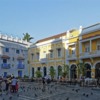


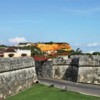


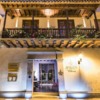
Comments (1)